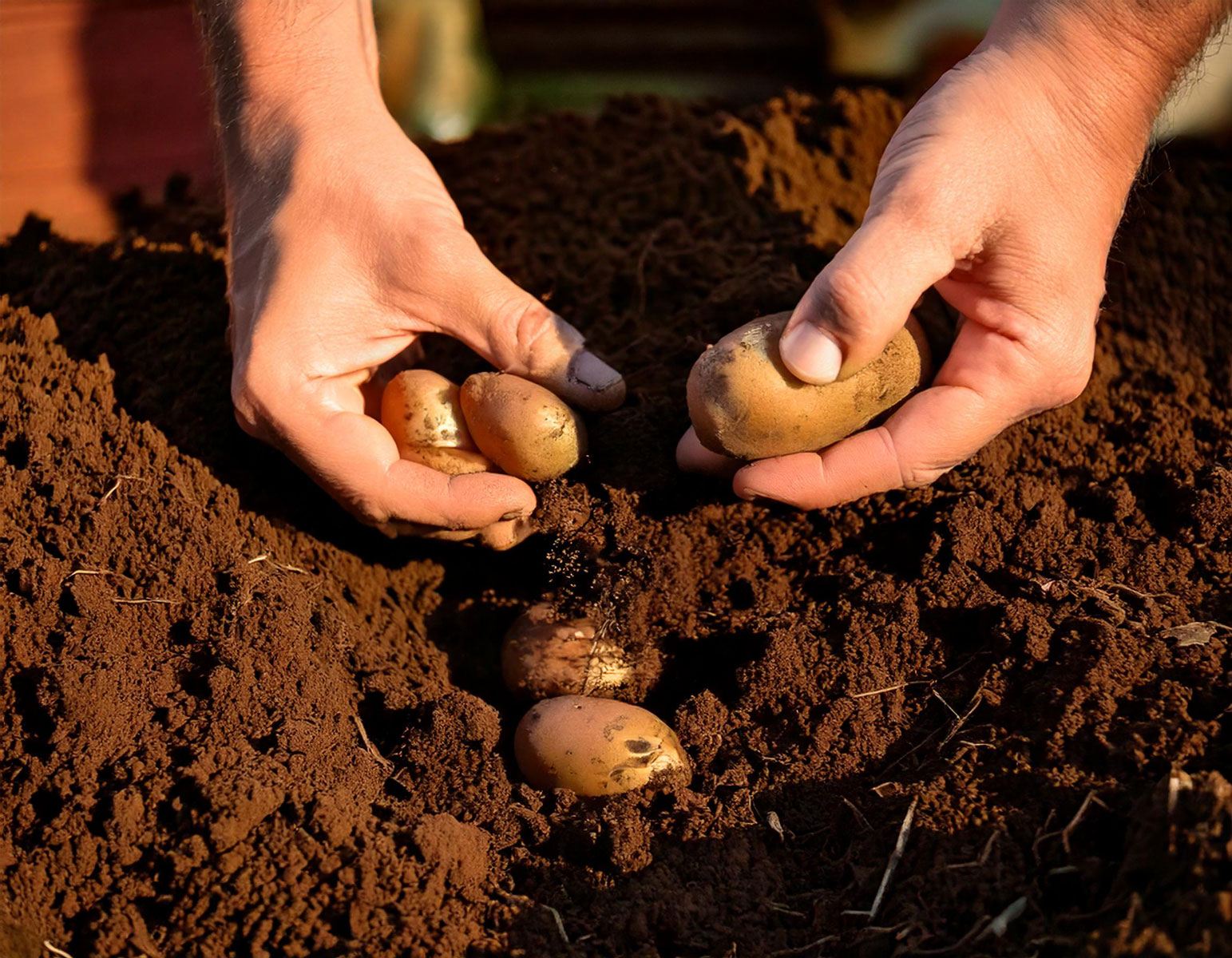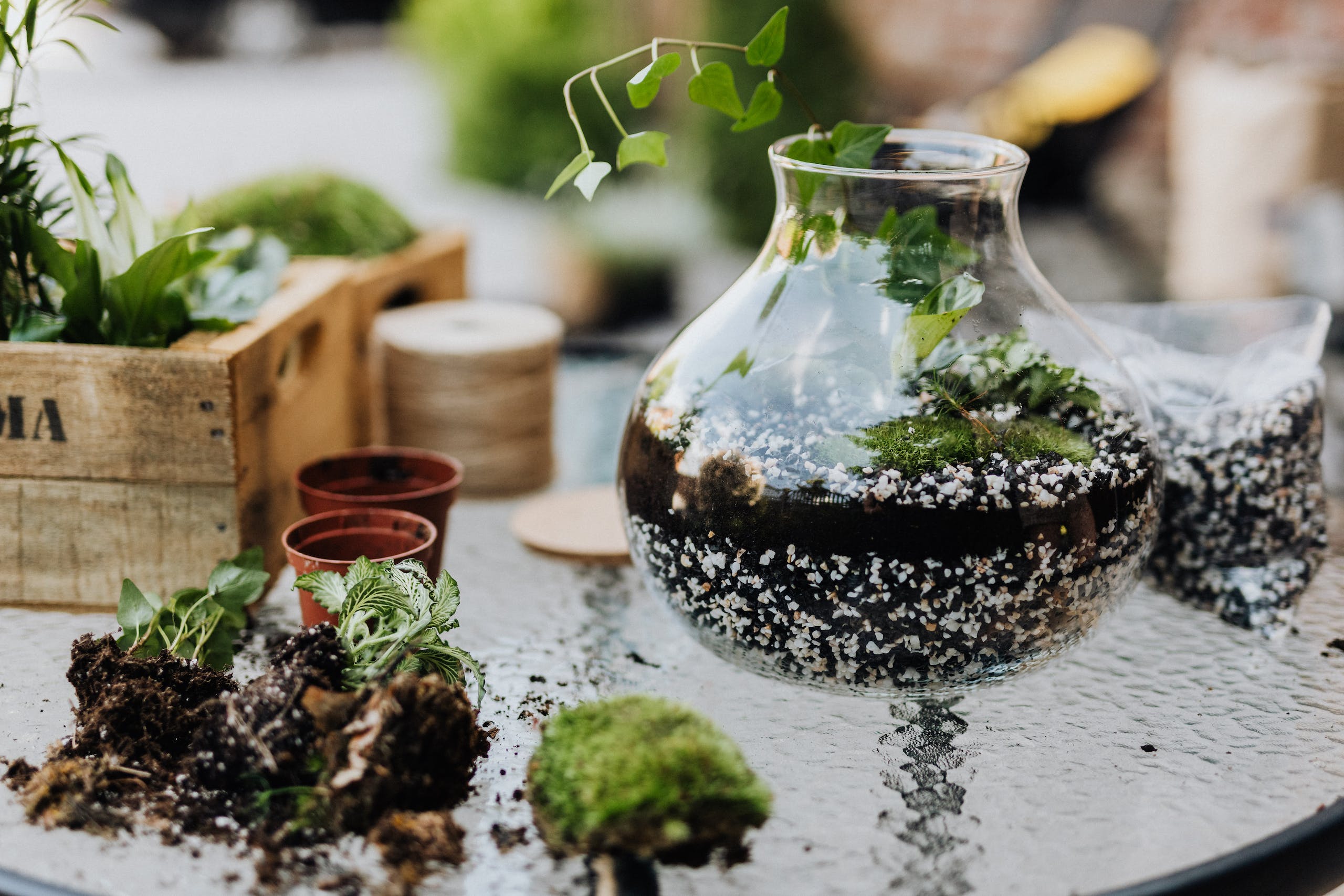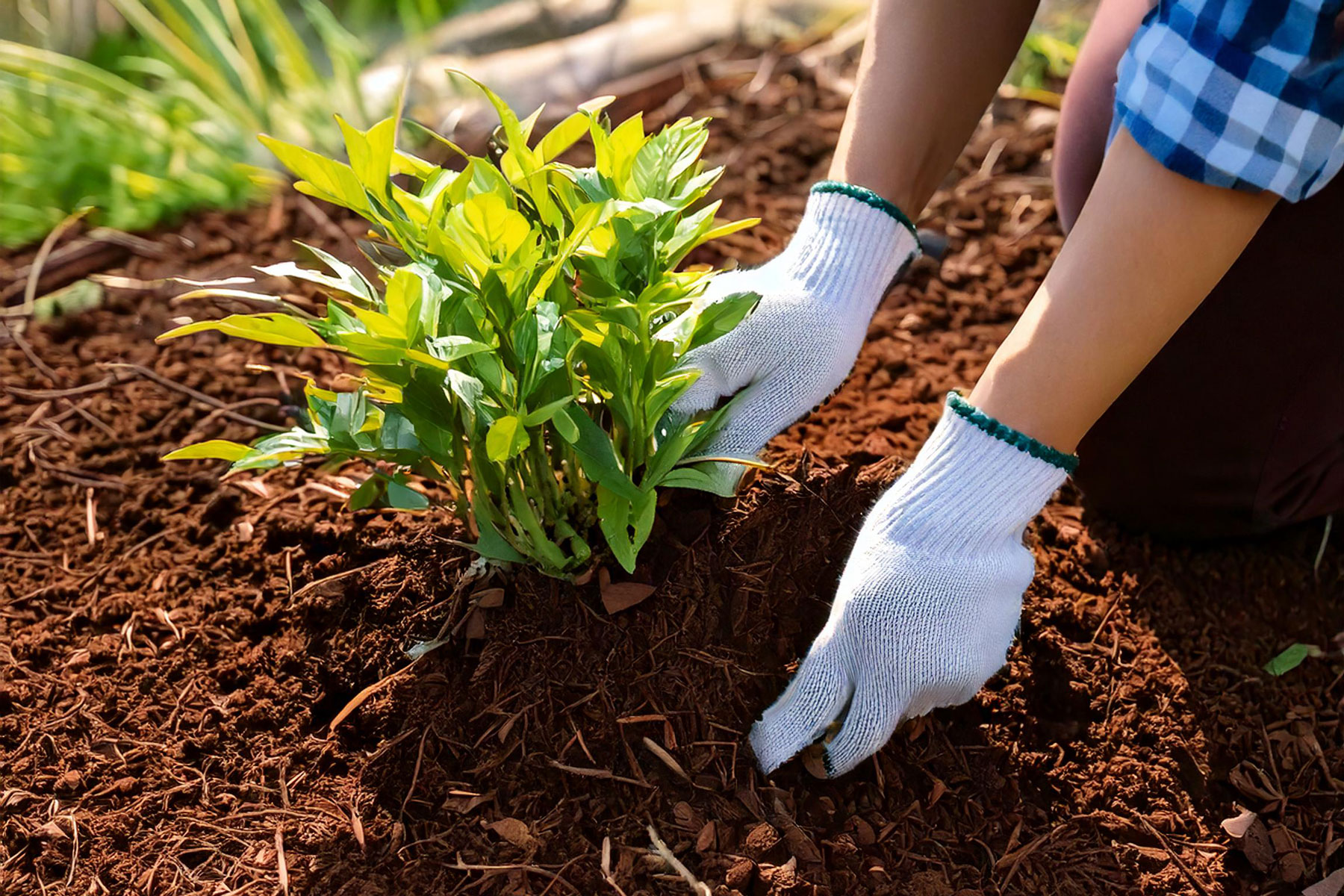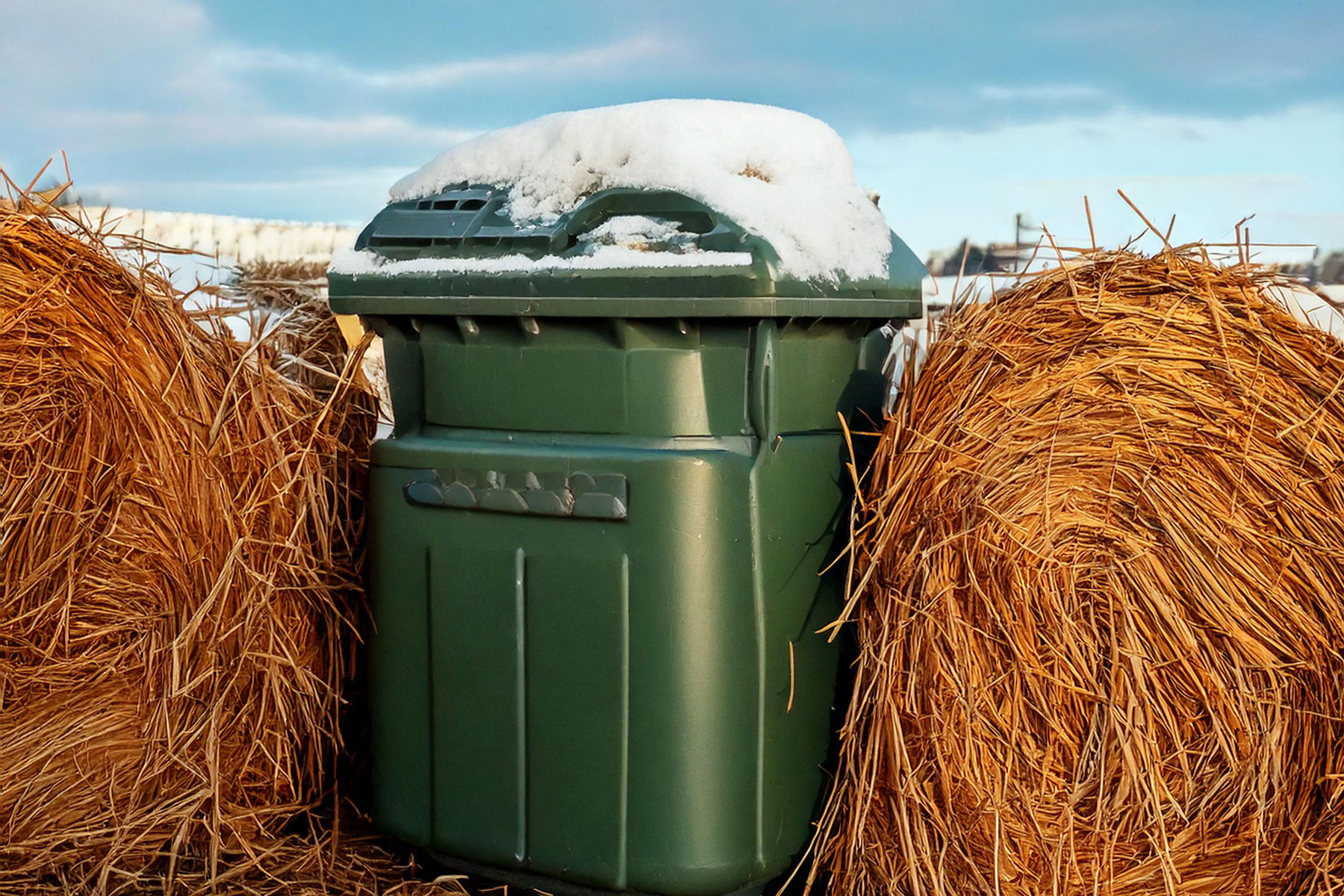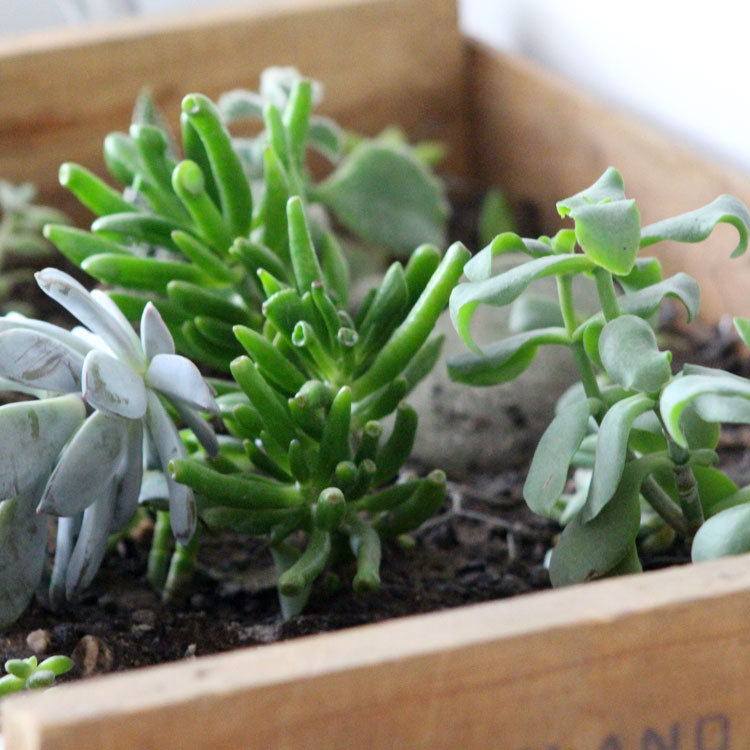Spring Gardening for Beginners: Tips and Tricks for a Successful Season
Are you new to gardening? My guide for spring gardening for beginners covers all the essentials, from choosing the right plants to supplies.
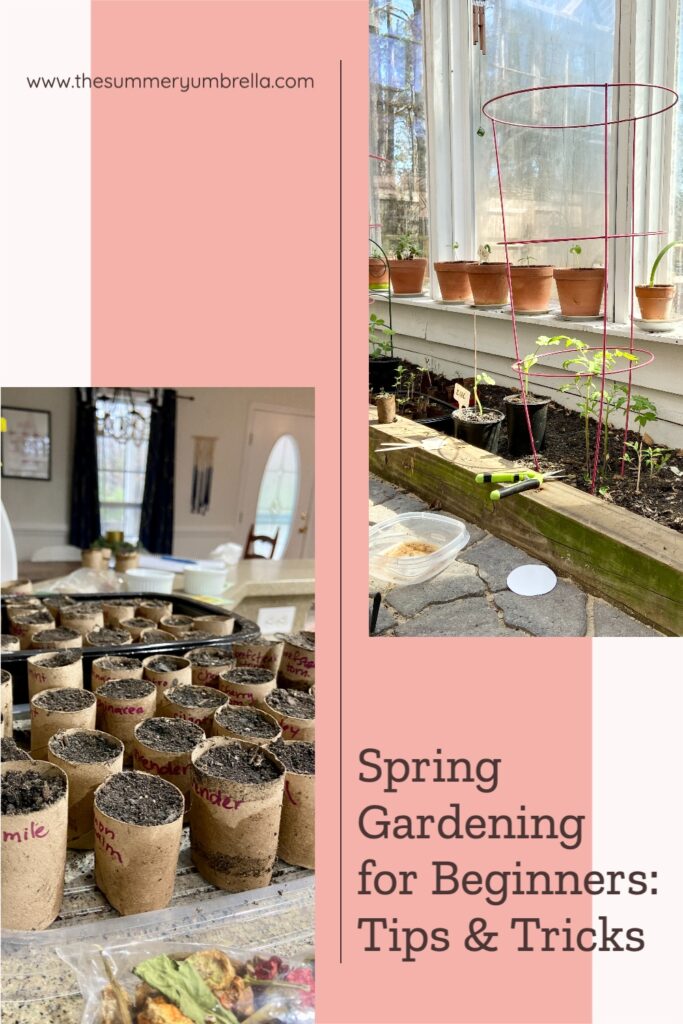
Winter is a distant memory, and spring is here in full bloom. Well, almost, right?!
It’s the perfect time of year to get your garden ready for planting! Whether you’re an experienced gardener or a newbie, lets walk through what you need in order to get your garden up and running.
So let’s get started!
Choosing Your Plants
The first step in creating your spring gardening plan is deciding what plants you want to grow. Do you want vegetables, herbs, or flowers? Or maybe you want a combination of all three? Consider how much space you have available as well as the amount of sunlight each plant needs.
For instance, some vegetables—like tomatoes and cucumbers—need plenty of sunshine. Not to mention, they love lots of water.
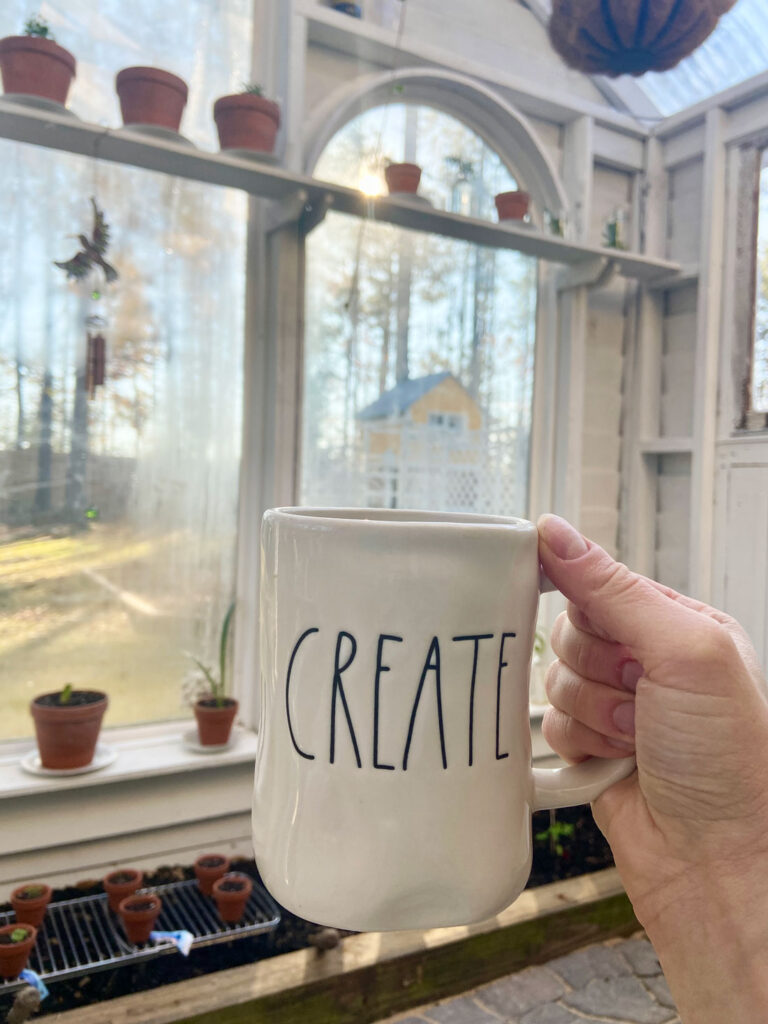
Herbs like basil, rosemary, and sage can thrive with either partial or full sun. And many flowers can tolerate shady conditions. Take some time to research the plants that will work best for your space and lifestyle so that you can make an informed decision.
You might even decide to take advantage of growing plants indoors prior to spring. Below you’ll see I started growing wheat for my chickens and ducks. It was soooo easy! All you need are these winter wheat berry seeds (highly recommend!!) and this sprout tray.
Instructions
- Soak the seeds in a tray for 24 hours and rinse
- Every day after just rinse the seeds thoroughly (just once daily) until they are as tall as you’d like
- I’d highly recommend staggering the seeds and not starting all four trays on the same day.
- That way your little farm animals have a constant flow of fresh greenery!
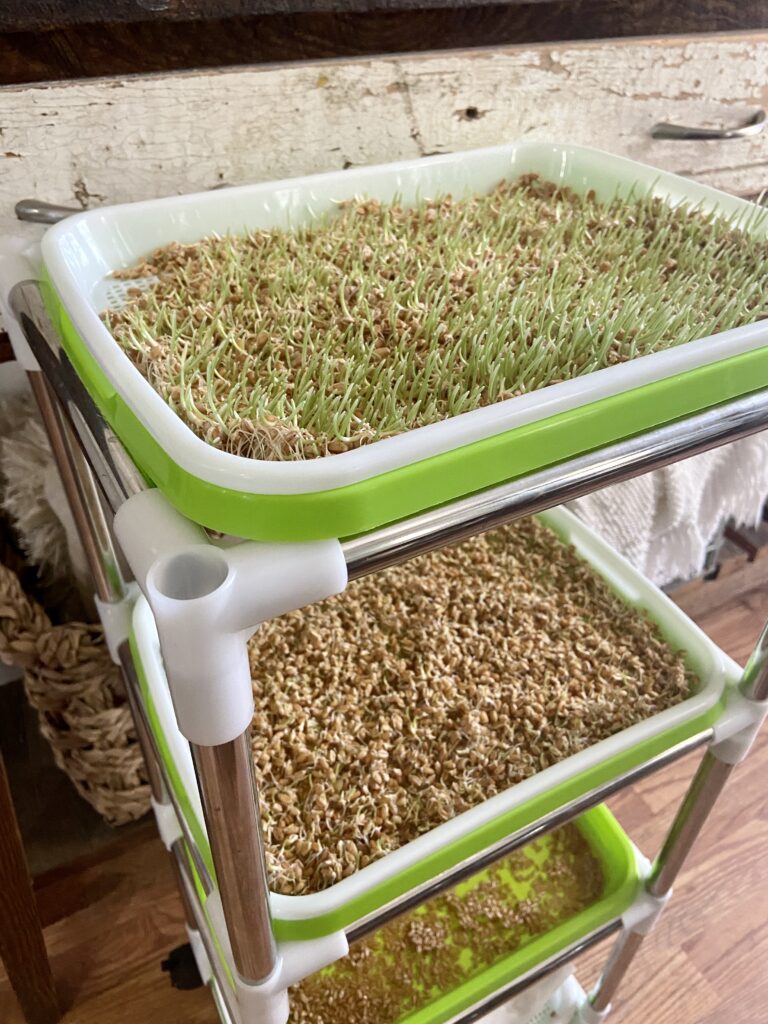
Creating Your Garden Layout
Once you have chosen the plants that you’d like to grow, it’s time to create a layout for your garden. Draw out a rough sketch of where each plant should go based on its size and sun requirements. Be sure to leave enough space between each plant so they don’t compete for resources like water and nutrients from the soil.
Also, consider which plants are companion plants; these are two different varieties that benefit from being planted together because one helps boost the other’s growth potential. For example, tomatoes are good companion plants for carrots because they help keep away carrot flies that can damage the carrots’ roots. This kind of information will come in handy when designing your garden layout!
Another good example (I learned this the hard way!) is not to put mint next to lavender plants. Lavender nearly hates water. Whereas mint would love to be in a soggy mess. Needless to say, my lavender did not thrive that year!
Spring Gardening for Beginners: Tips and Tricks
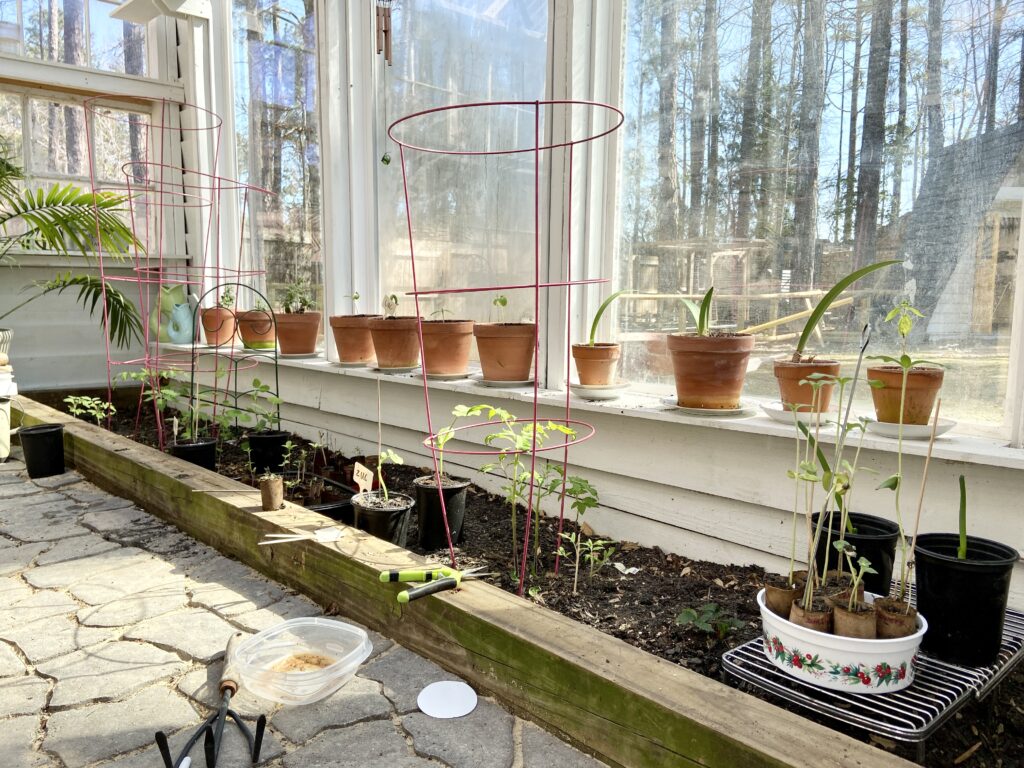
Gathering Supplies
Now it’s time for the fun part—gathering all of the supplies needed for planting! Depending on what type of plants you’ve chosen, there are several things that may be necessary such as soil amendments (like compost), fertilizer, mulch or straw, gardening tools (like trowels and shovels), watering cans or hoses, trellises (for climbing vines), etc. Once all of these items have been acquired, it’s finally time to start digging in!
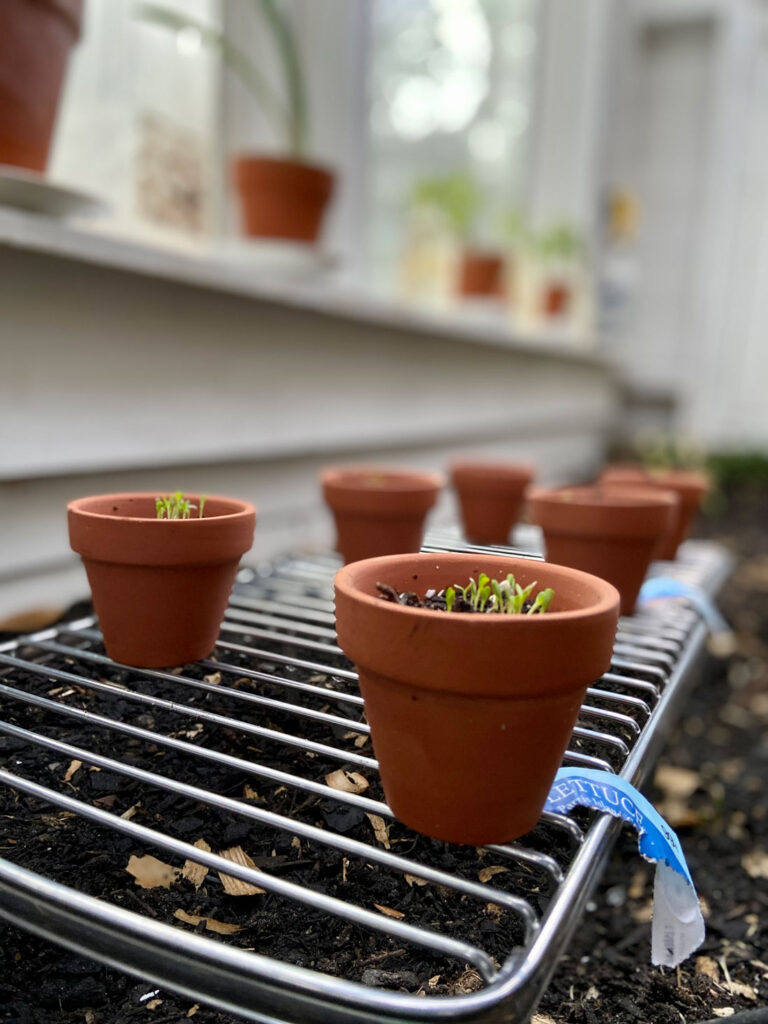
Getting Started
Planting seeds or seedlings is a great way to get started with your garden plan and it’s important to do your research on each type of plant you plan on growing and whether or not they should be sown or planted outside or if they can be started indoors.
Not to mention, when you should start growing indoors or outdoors. For instance, for the past few years I’ve always started on or around Valentine’s Day. I live in North Carolina so our spring season typically starts earlier than other areas. However, this year I’m going to wait until early March because we’ve had late frosts in April that really screw up my growing schedule. Live and learn, right?
Have fun getting started and don’t feel like you have to spend a ton of money. One year I decided to only use toilet paper rolls to plant all of my seeds. They are eco-friendly and worked wonderfully!
In fact, I still save my toilet paper rolls for this exact reason 🙂
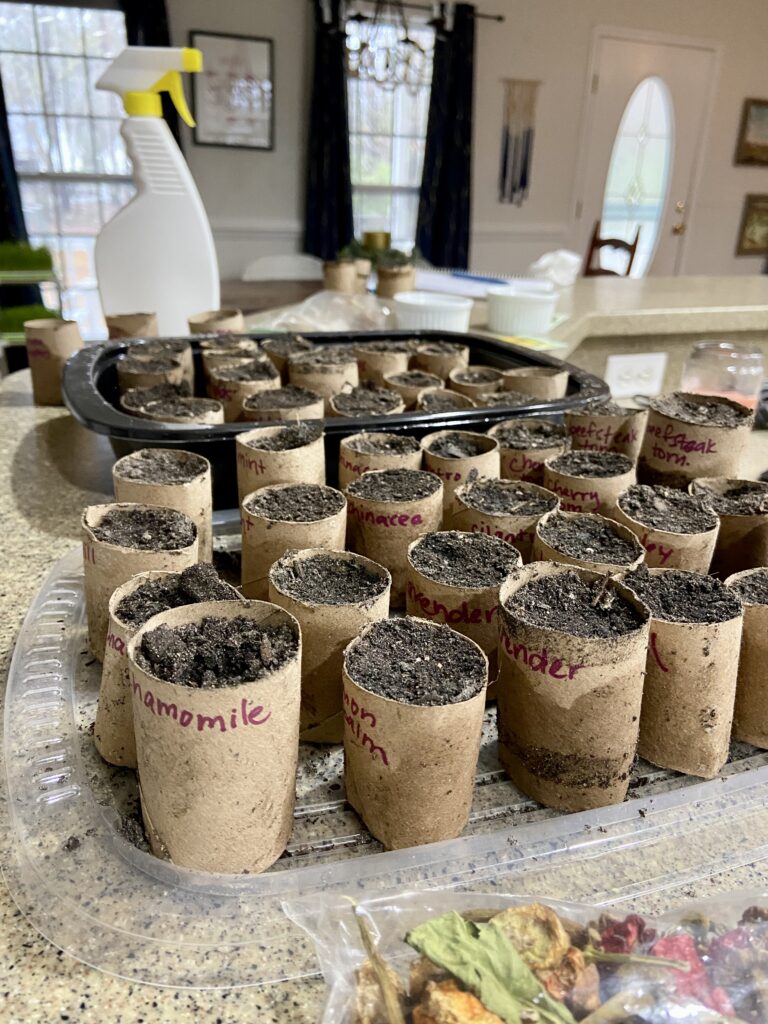
Creating a garden plan for spring doesn’t have to be hard work – it can actually be quite enjoyable!
For instance, a few years back I just used a simple piece of notebook paper and wrote down everything I’d like to grow and when I started them.
I had read an article about the benefits of soaking seeds prior to sowing them and thought I’d give it try. Believe it or not, it is now one of my favorite methods to use!
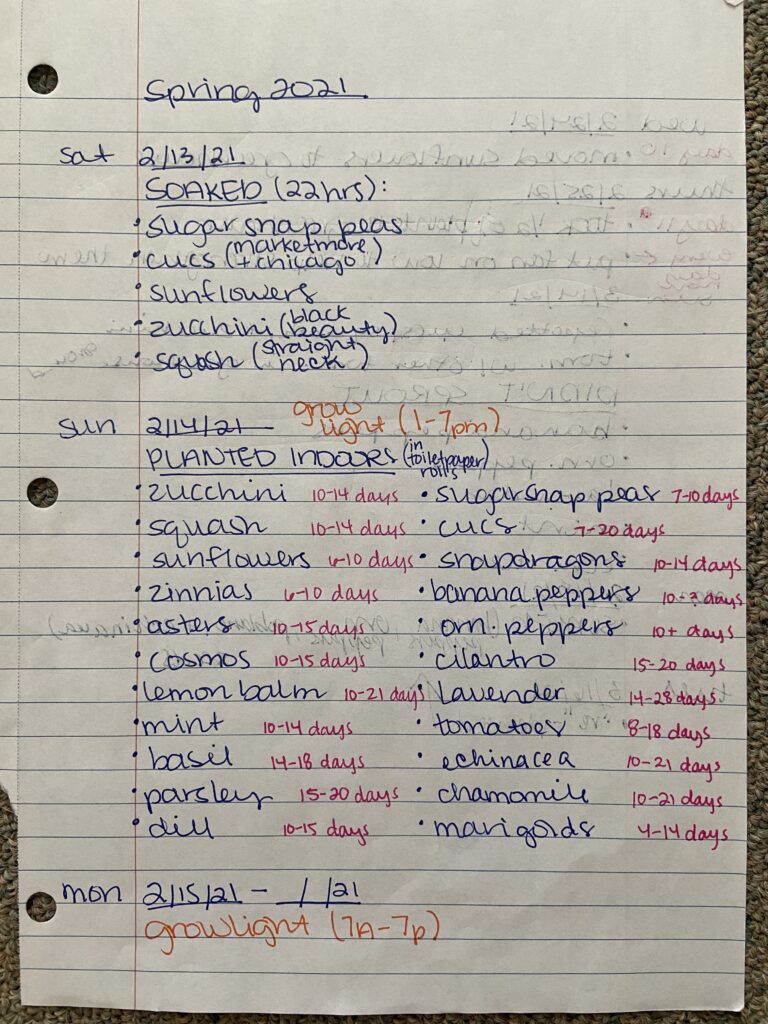
Finally get down into the dirt and begin sowing seeds – before long there will be an abundance of flowers blooming throughout your outdoor living space.
If you loved these ideas then you’ll definitely want to browse some of my other Gardening projects that are full of step-by-step tutorials as well as freebies galore!
Can’t wait to see you again and happy planting!


